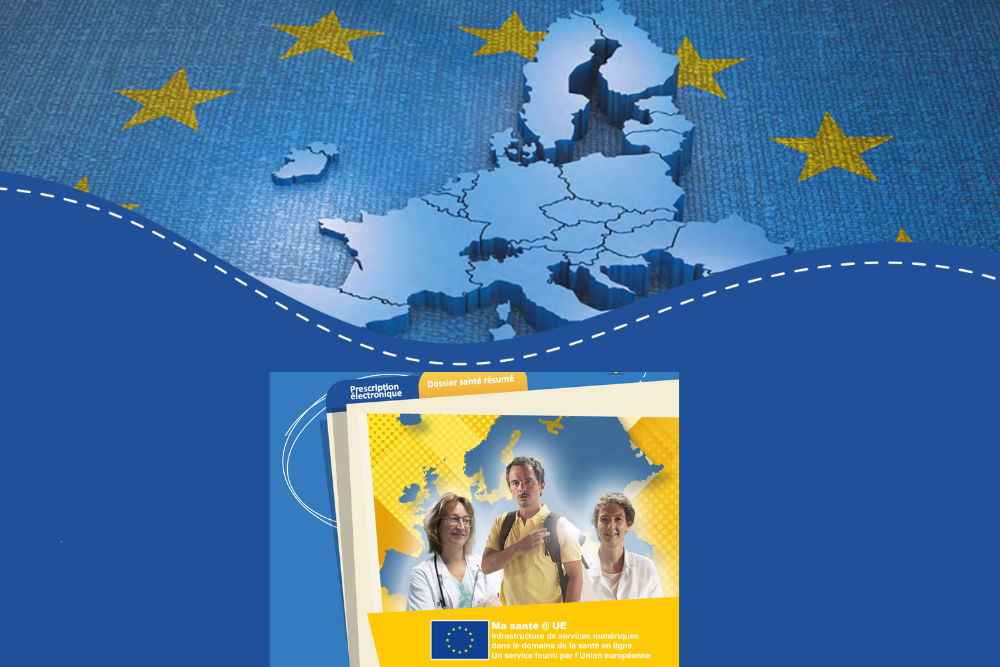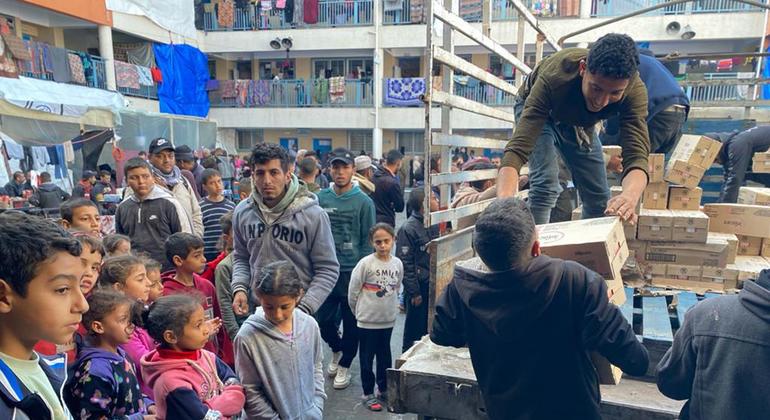Media sources reveal that SpaceX, led by Elon Musk, is engaged in the construction of a network comprising hundreds of spy satellites for a classified contract with a U.S. intelligence agency.
The network project is being executed by SpaceX’s Starshield business unit, operating under a $1.8 billion contract inked in 2021 with the National Reconnaissance Office (NRO), responsible for managing spy satellites.
This initiative points at SpaceX’s expanding role in U.S. intelligence and military initiatives, reflecting the Pentagon’s increased investment in extensive satellite systems in low-Earth orbits, aimed at bolstering military ground forces.
According to sources, the program holds the potential to significantly enhance the U.S. government and military’s capacity to swiftly identify potential targets across the globe.
In February, The Wall Street Journal disclosed the existence of a classified Starshield contract valued at $1.8 billion with an undisclosed intelligence agency, though specifics regarding the program’s objectives were not provided.
Reuters has now revealed that the SpaceX contract pertains to a robust new spy system comprising hundreds of satellites equipped with Earth-imaging capabilities, capable of operating collectively in low orbits.
Furthermore, it has been disclosed that the intelligence agency collaborating with Musk’s company is the National Reconnaissance Office (NRO). However, details regarding the timeline for the deployment of the new satellite network remain undisclosed, and information regarding other companies involved in the program through their own contracts could not be ascertained.
According to the sources, the planned satellites possess the capability to track ground targets and relay the gathered data to U.S. intelligence and military authorities. This functionality theoretically allows the U.S. government to promptly obtain continuous imagery of ground activities across the globe.
Since 2020, approximately twelve prototypes have been launched aboard SpaceX’s Falcon 9 rockets, as disclosed by three sources. These prototypes, which have been deployed alongside other satellites, are confirmed by two sources to be part of the Starshield network.
It’s important to distinguish that the planned Starshield network is distinct from Starlink, SpaceX’s expanding commercial broadband constellation comprising around 5,500 satellites. While Starlink aims to provide widespread internet access to consumers, businesses, and government entities, the classified constellation of spy satellites represents a highly coveted capability for the U.S. government in space.
Written by Alius Noreika
Photo: A SpaceX Falcon 9 rocket lifts off from NASA’s Kennedy Space Center in Florida on July 14, 2022. Credits: NASA TV















